Manufacturing in Vietnam - assumptions vs. reality
The US-China trade war and the pandemic have urged companies to relocate production to avoid tariffs and the need to rely on a single market. These dynamic factors have created an extraordinary opportunity for international investors to take advantage of the regional growth perspective and focus their attention on Vietnam, particularly in the manufacturing sector.
This short Q&A with Minh Nguyen, director of Leasing and Facilities Management at BW Industrial, will cover the manufacturing environment and the opportunities available for international investors that are interested in expanding their operations in Vietnam.
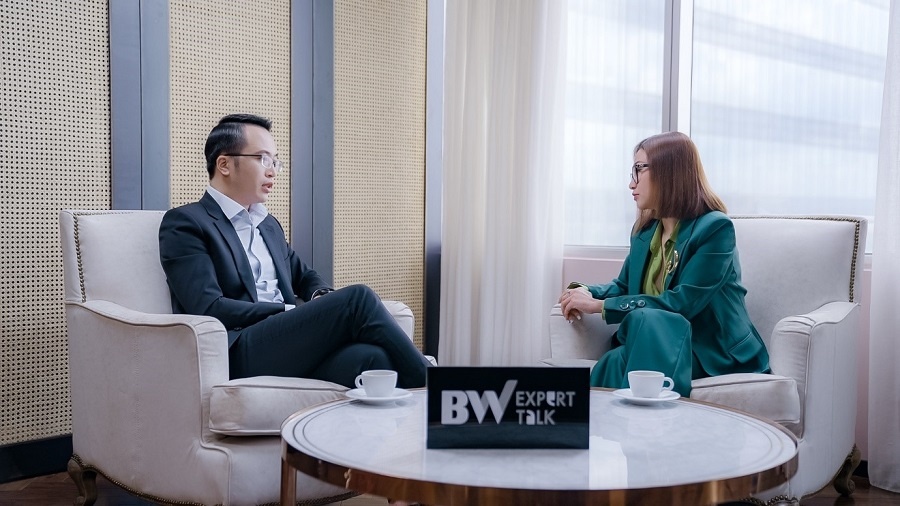 |
| Minh Nguyen, BW director of Leasing and Facilities Management |
An overview of manufacturing in Vietnam in 2022
General director of the General Statistics Office Nguyen Thi Huong states that Vietnam’s GDP growth reached 8.02 per cent in 2022, the highest on record since 2011. The GDP per capita and labour productivity also grew to $4,110 and $8,083 per labourer, marking a noticeable on-year rise.
Vietnam’s industry and construction sector grew by 7.78 per cent, contributing 38.24 per cent, while the service industry rose by 9.99 per cent, making a 56.55 per cent contribution to the economy. The macroeconomy remained stable, with inflation under control and major balances guaranteed. All of this contributed to socioeconomic recovery and development, and improved the business environment and social security.
Investor preferences depending on nationality
Investors from America and Europe prefer to rent ready-built facilities, while Asian countries like China, Japan, and South Korea prefer to own the land, considering it as an investment asset. However, investors’ mindsets are changing.
Many investors now prefer to lease the facility, like those from the Americas and the EU. In particular, investors from China and Hong Kong may now lease a building, which helps them to set up their business more quickly and exit quickly if the worst case were to happen. This also gives them more flexible terms on the location and the site.
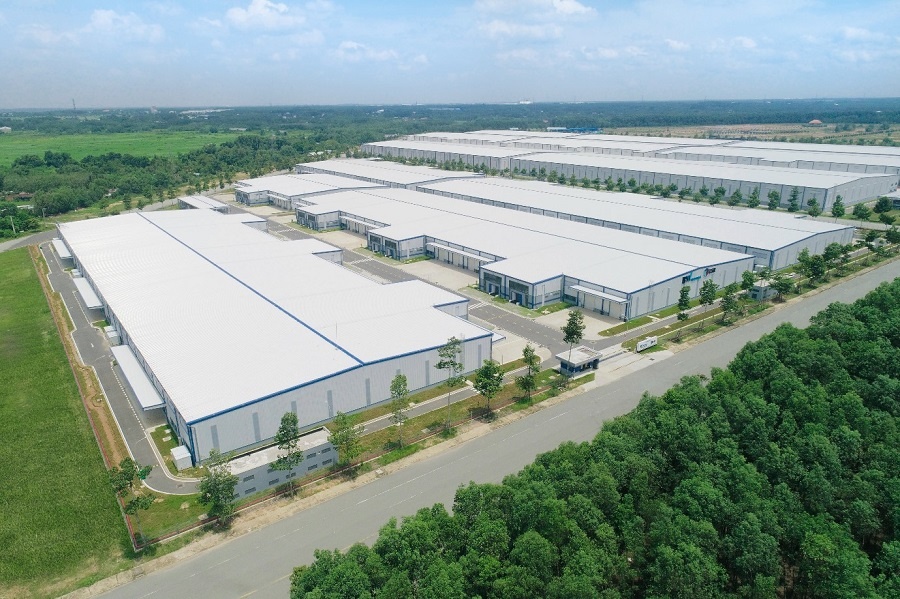 |
| A BW ready-built factory - My Phuoc 4 project |
How long does it take to set up a business in Vietnam?
Recently, there have been massive flows of FDI coming into Vietnam. According to the Ministry of Planning and Investment, FDI into Vietnam rose by 13.5 per cent from 2021, up to $22.4 billion in 2022. This is the largest amount in the past five years.
Meanwhile, FDI pledges, which show the size of future FDI disbursements, declined by 11 per cent on-year to $27.72 billion. The manufacturing sector is due to receive the largest amount of investment (57.9 per cent of total pledges), followed by electricity, gas, hot water, steam, and air conditioning (16.9 per cent). Japan was the top source of FDI pledges to Vietnam, followed by Singapore and China.
With such significant FDI inflows, the government has now become more selective. They now prefer clean, high-tech, and environmentally friendly industries. In fact, when the authorities review the application dossiers, they will check carefully to avoid attracting industries that will contribute to pollution. If some industries have polluting processes, they will require a plan of action from the investor, possibly leading to a longer set up time. This explains why the government tries to update environmental and fire fighting regulations.
Key changes in fire fighting regulations
The government tries to minimise fire and explosion risks to protect human life. Notably, the Vietnamese government issued Decree No.136/2020/ND-CP on details and guidelines for fire prevention and fighting, which came into force in January 2021.
This decree mainly regulates the organisation of fire prevention and fighting forces, such as equipment, management of fire prevention, fighting services, and the responsibilities of all parties. This once again emphasised the strict focus of the state on fire prevention and fighting activities, which led to significant changes in issuing fire certificates.
For instance, two years ago, when a client did renovations, they could apply for the firefighting certificate by themselves. The tenants only needed one or two weeks to get the certificate. Now, the government wants the landlord and the owner of the building to be more involved in the application dossiers and licensing. The landlord has to sign off and submit an application to the authorities, which takes from 3 or 4 weeks to nearly two months before they receive the certificate.
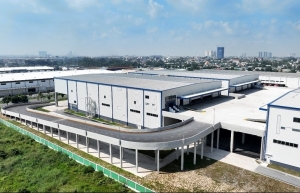 | IZ land leasing causes concerns for businesses Land lease in industrial zones is a major concern of manufacturers investing in Vietnam. This short Q&A with Hao Tran, head of Legal at BW, provides a legal perspective. |
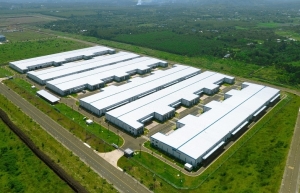 | Divestment an option in industrial real estate Investment and divestment in real estate are two sides of the same coin. Divestment is an adaptive change to a company's ownership and business portfolio in reaction to internal and external changes. There are many reasons companies choose to divest and several challenges to deal with when it happens. This short Q&A with Rebecca Trinh, BW head of Investment, will provide with a better understanding of divestment in industrial real estate. |
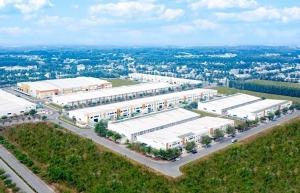 | Sales and leaseback - Key terms of engagement This short Q&A with Tu Luong, director of Business Development at BW, sheds light on the current state of sales and leaseback deals for factories or warehouses. She discusses why these transactions are not very common in Vietnam and what factors to consider to maintain their success for the future. |
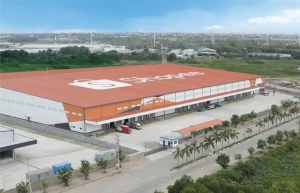 | All you need to know about built-to-suit warehouses Built-to-suit warehouses offer cost-efficient and innovative solutions to help improve operations. As e-commerce demand grows, the rapidly growing built-to-suit warehouse model provides an alternative for businesses that need warehouse space. |
What the stars mean:
★ Poor ★ ★ Promising ★★★ Good ★★★★ Very good ★★★★★ Exceptional
Related Contents
Latest News
More News
- Unlocking urban potential of smart cities (December 18, 2025 | 16:50)
- Green finance offers 'passport' for Vietnamese construction, building materials firms (December 15, 2025 | 08:00)
- Gamuda Land commit long-term investment (December 12, 2025 | 11:49)
- HITC ties up with Evolution to develop AI and hyperscale data centres in Vietnam (December 11, 2025 | 12:09)
- Real estate deals boom via high-profile names (December 08, 2025 | 11:32)
- Industrial segment shaped by M&As (December 08, 2025 | 08:00)
- The Privé sets the benchmark for luxury real estate (December 05, 2025 | 08:28)
- TD CASA and the rise of bespoke interior design in luxury living spaces (December 03, 2025 | 14:14)
- Lee Soo-man's Blooming Sky to build Gia Lai culture, sport, and entertainment complex (December 02, 2025 | 16:41)
- Sustainability in DNA of Keppel Vietnam's future urban development strategy (November 28, 2025 | 10:53)

 Tag:
Tag:




















 Mobile Version
Mobile Version